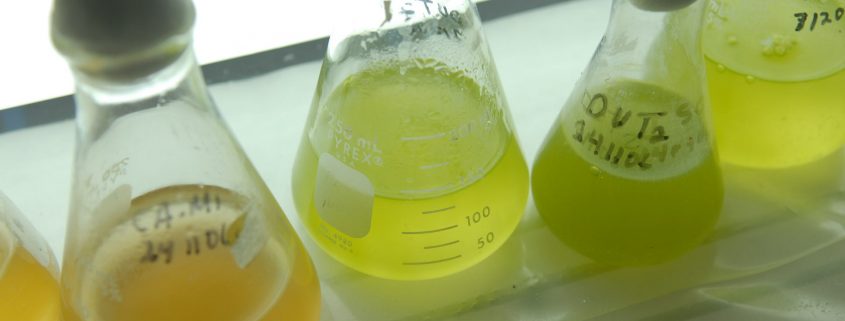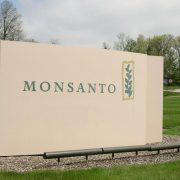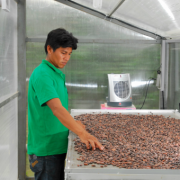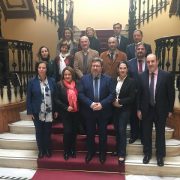Ecuador: The microalgae potential under study
The Energy Research Corporation of Ecuador is dedicated to deepen the benefits of microalgae, with help from the University of the Americas (UDLA). Currently they are investigating the functionality of microalgae as a potential source of clean, alternative energy. The researchers aim to discover new applications future, not only of microalgae, but other plants that improve the quality of life of people.
Students studying biotechnology at the University of the Americas (UDLA) collaborate with the Energy Research Corporation of Ecuador in a study of the properties and growth of algae in the lakes of the country. The project involves the development of a national catalog of microalgae through the collection and identification of strains that may be found in lagoons or lake systems of Ecuador. Cultures were performed in specially protected areas, as there are native microalgae and uncontaminated.
Microalgae are able to metabolize the waste, which are commonly used in the bioremediation of water, capture all waste substances that are found in rivers, lakes and oceans. So explain Gabriela Hidalgo and Ye Shi-chung, Biotechnology students UDLA, who work in research.
The most widespread use of microalgae is in food, because they are high in protein and antioxidants. They are also used as a source of industrial chemicals: bio-fertilizers, feed supplement for livestock, medicines, among others. The functionality of microalgae as a potential source of clean energy and alternative is currently investigating.
Alfredo Mena, CEO of the Corporation explains that “the cultivation of microalgae is related to the energy because some of these strains have or accumulate lipids in their cells. These fats can be converted into biofuel. ” Mena argues that, according to global research, the amount of fat you have the microalgae is extremely large. A hectare of microalgae produce, for example, the same amount of oil 10 hectares of African palm. “However, it is important to note that this is still under investigation,” says Mena.
Method development
Algae perform the process of photosynthesis, namely absorb CO2 to convert oxygen; Corporation seeks a method to grow algae in large amount, so as to bring the environmental purification and then be used for production of biodiesel.
The technique of accumulation of gases in a power plant, to later pass through a system of algae culture, will allow them to feed carbon dioxide, removing it from the atmosphere. Similarly, this process will allow algae to grow, which will facilitate the production of biodiesel.
Microalgae are capable of producing various metabolites such as lipids. These can be transesterified and become fuel. Gabriela Hidalgo and Ye Shi-chung explained that the process for obtaining biodiesel occurs after the algae obtain the appropriate volume. At that point the biomass is harvested, then an analysis is made to see the percentage of lipids having; Thus began the transesterification of a fat happens to a fuel and that’s how you get biodiesel from microalgae.
The researchers aim to discover new applications future, not only of microalgae, but other plants that improve the quality of life of people.
Source: UDLA. DICYT
















